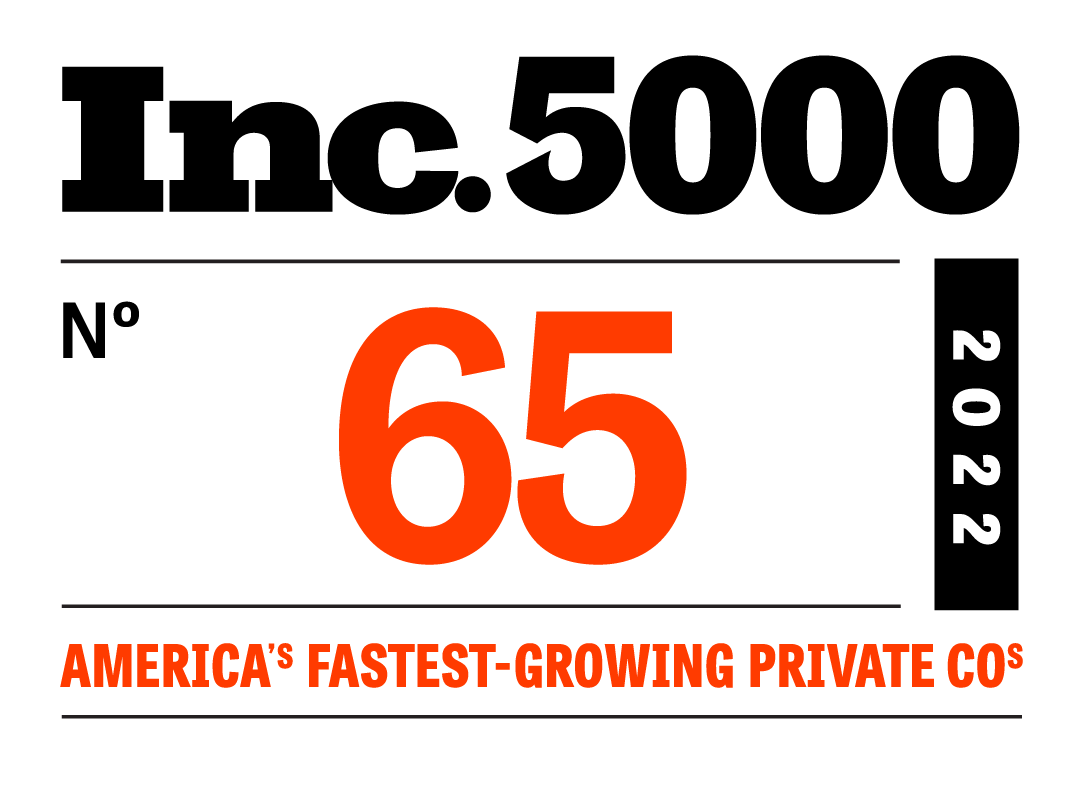
According to the Chamber of Commerce, 99.9 percent of U.S. firms are small businesses, totaling to 30.2 million active businesses. It’s clear that small businesses play a vital role in the national economy; however, they often struggle to receive the funding they need to be successful. According to a recent American Banker article, less than one third of businesses that applied for loan funding in 2021 received the entire amount they requested.
Although obtaining funding from traditional lenders poses a challenge for small businesses, many still report that community institutions are their preferred method for receiving financing. In a recent survey of small business employer firms conducted by the U.S. Federal Reserve, borrowers that applied and received at least some funding had the highest satisfaction rate with small banks.
While smaller lenders continue to be the top choice for small businesses, the barriers to loan funding that exist in SMB lending have led them to choose other alternatives. According to the Federal Reserve survey results, the number two reason why small businesses chose to bank with alternative lenders was because they did not meet the requirements set by banks to obtain a loan.
Historically, lenders have struggled to make lending more accessible to small businesses. Due to the high amount of risk and slim profit margins, it can be difficult to justify these loans. SBA lending can help by providing lenders crucial government guarantees, but application processes are time-intensive and highly regulated.
Processing SBA loans manually can take days, requiring what can seem like endless resources and back and forth with the borrower to receive all the necessary documentation. If lenders want to continue making an impact in their communities and make lending more accessible, it’s imperative that they find efficiency gains in SBA lending.
Grow Your Community Impact and Make Lending More Accessible
The journey towards making lending more accessible for small business owners starts with removing the time-consuming processes that exist in SBA lending today. In order to accomplish this, the focus should be on automating tedious steps within the process that prevent small businesses from receiving the funding they need.
Through creating strategic partnerships with fintechs like Numerated, financial institutions are empowered to streamline the SBA lending process and create a simplified experience for the borrower. Features like 24/7 pre-filled self-service applications, automated forms and closing documents, and application data validation provide lenders peace of mind by enforcing SBA compliance.
Banks that automate their SBA lending processes will find profitability in small businesses lending while maintaining their reputation as leaders in their communities.
Don’t let legacy processes keep you from growing your impact. Lenders leveraging the intuitive Numerated platform can trust their teams to execute 7(a) loans flawlessly with a platform that guides borrowers through applications, making SBA lending easier and more accessible than ever for small businesses.
On Tuesday, November 1, at 3 pm ET, we will be hosting a webinar featuring a live demo of Numerated’s enhanced SBA 7(a) solution. Learn more and save your seat, here.
Can’t wait for the webinar? Contact us today to learn how you can streamline your SBA lending with Numerated.







